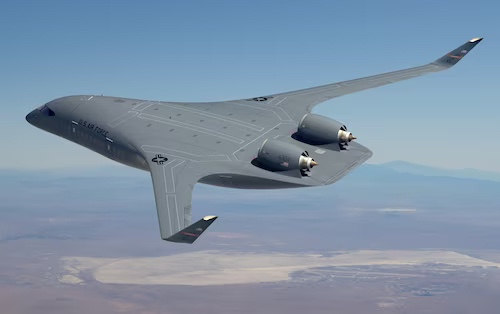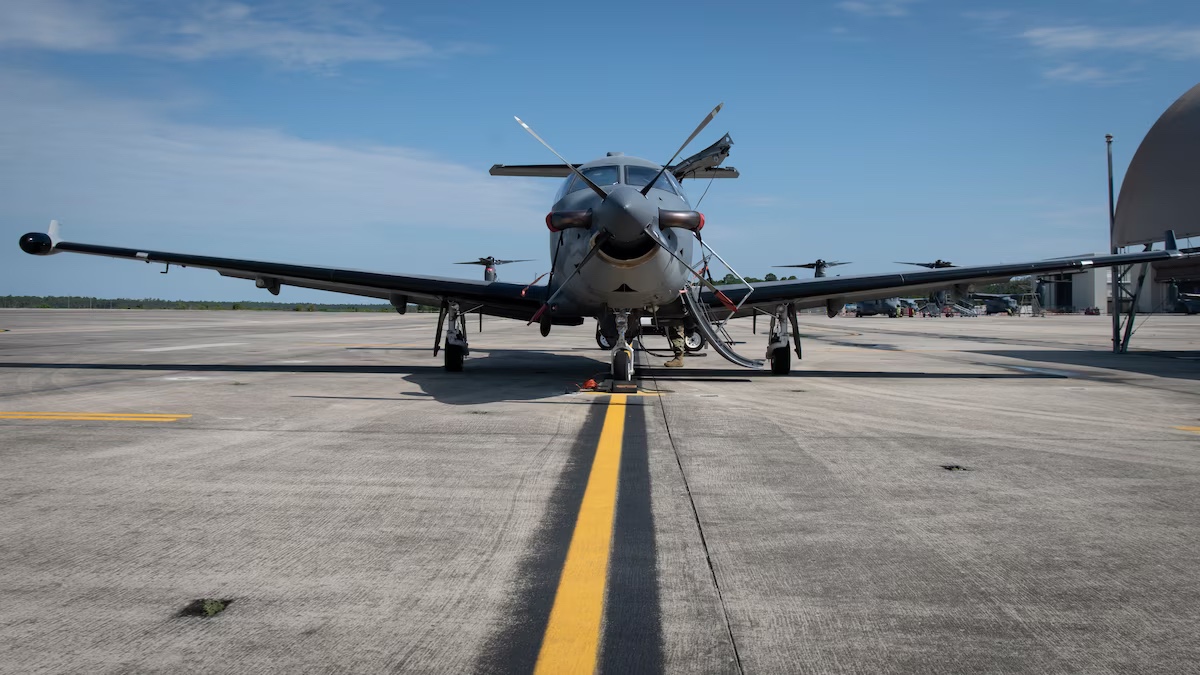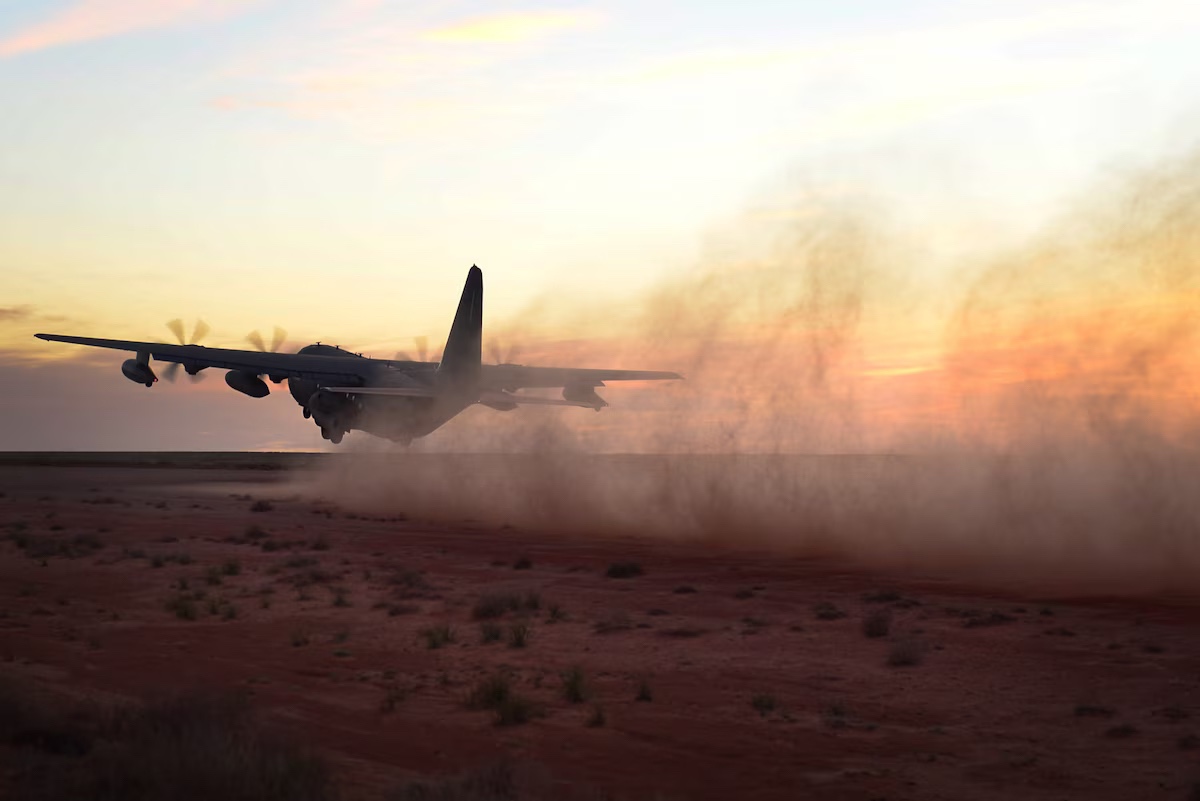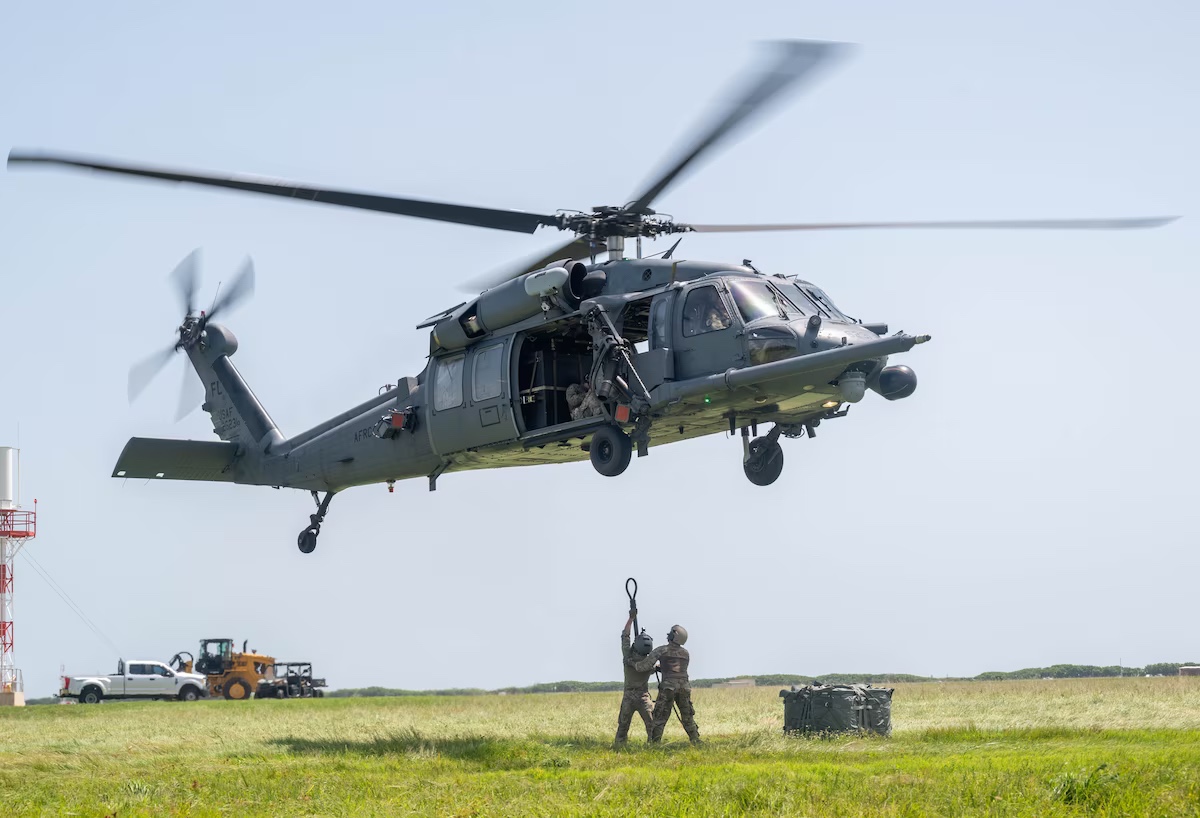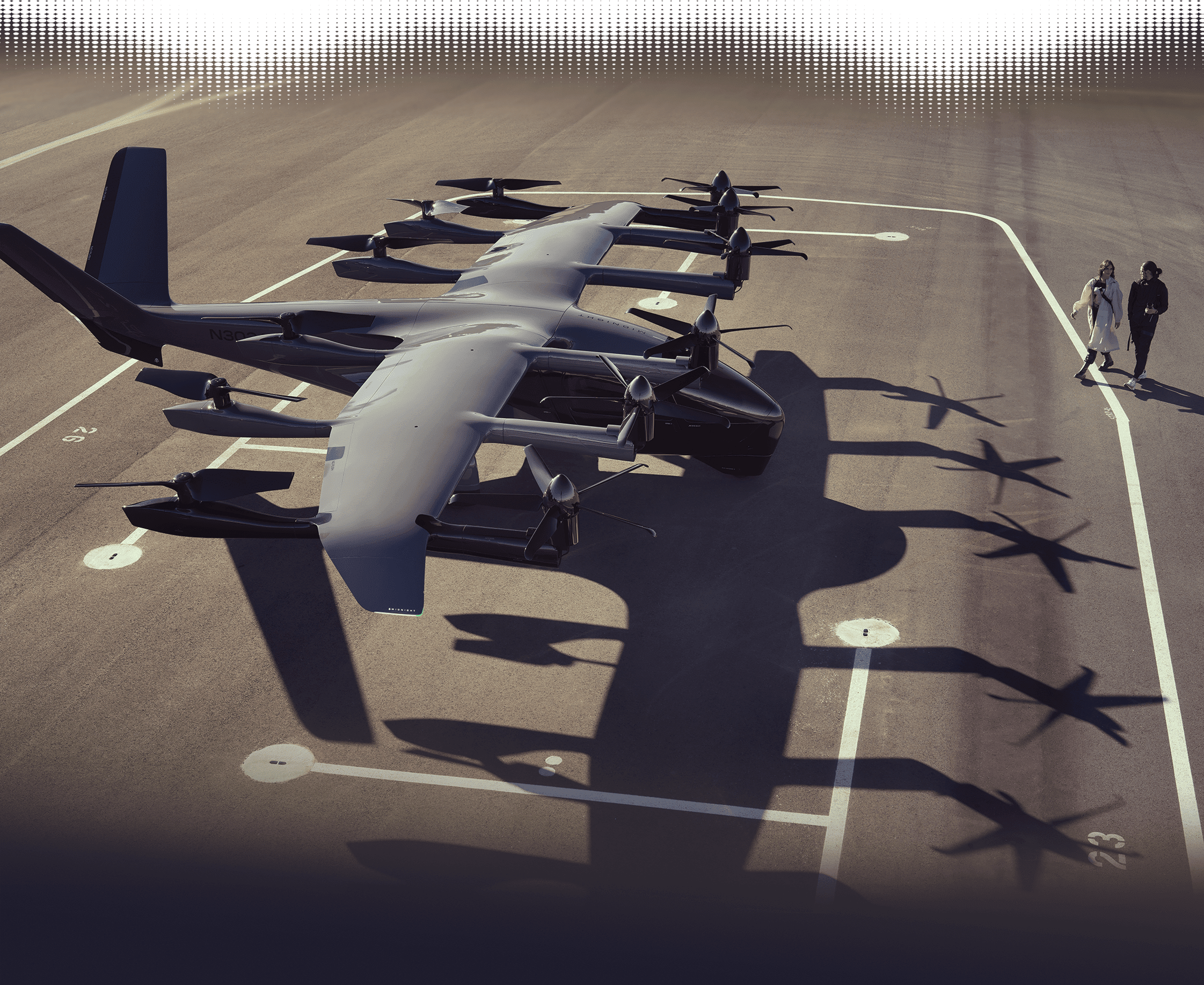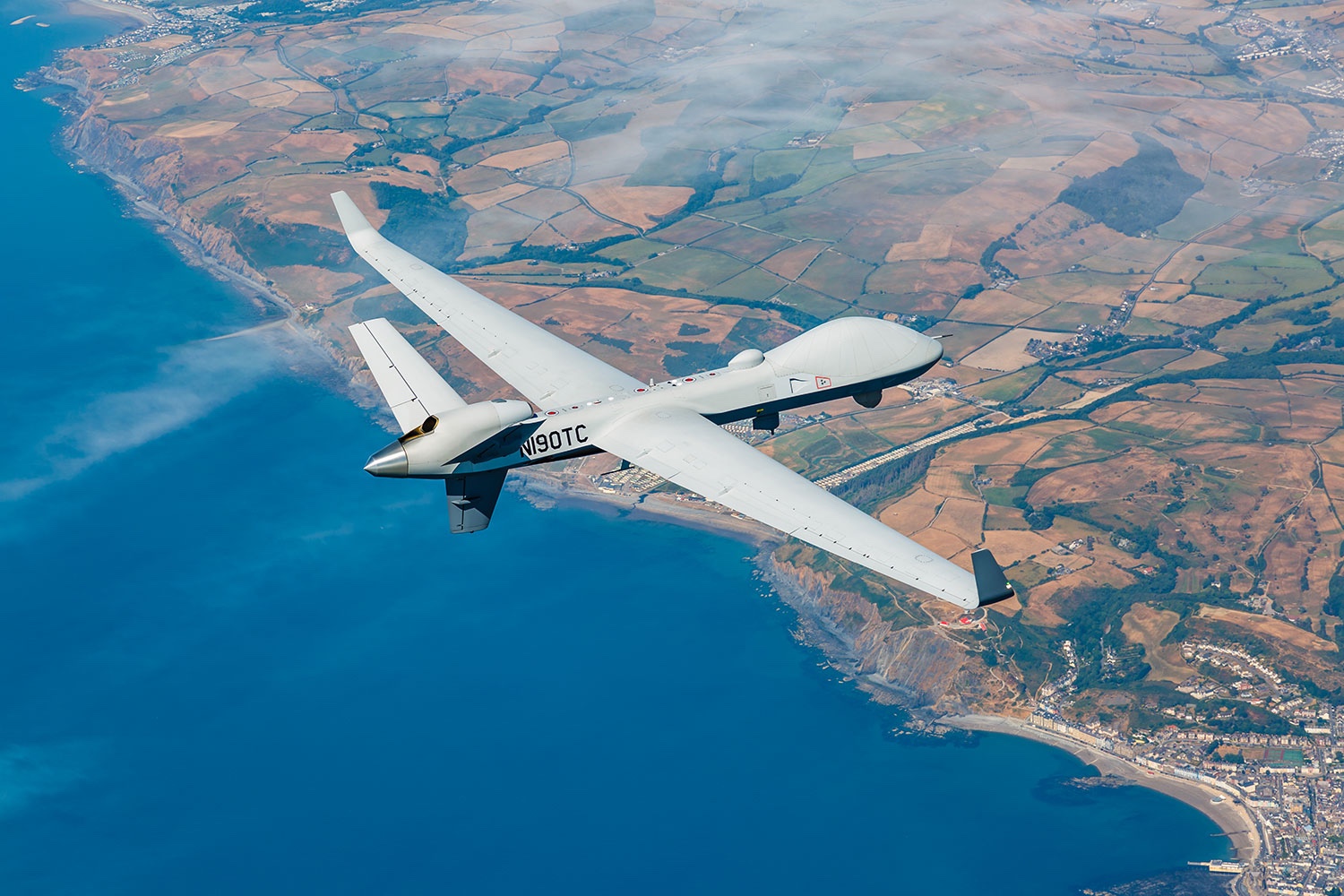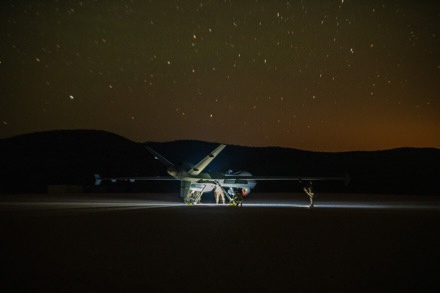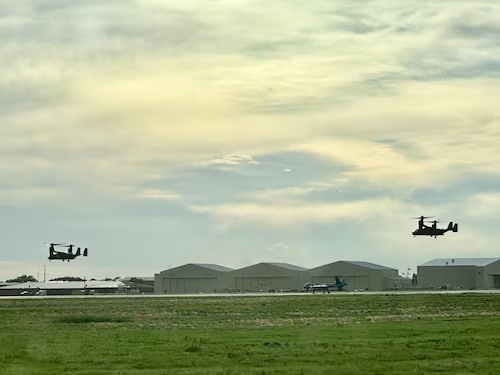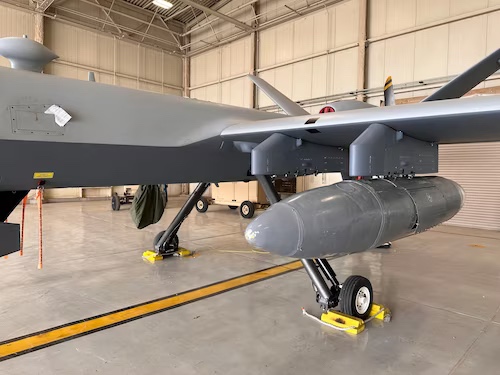DESTIN, Fla. —
The 492d Special Operations Wing safety office organized the annual Mid-Air Collision Avoidance conference at Destin Executive Airport in Destin, Florida, August 10, 2023.
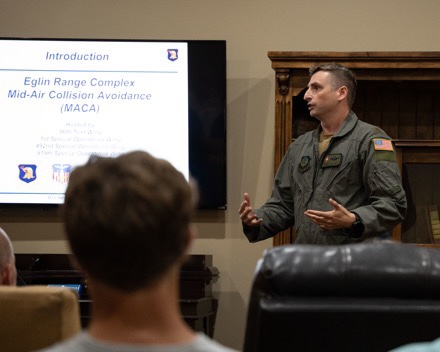
This year’s MACA conference brought together the 96th Test Wing from Eglin Air Force Base, the 919th Special Operations Wing from Duke Field, the 1st Special Operations Wing and 492nd SOW from Hurlburt Field. Planners refined the event to extend outreach to several civilian airports within the Eglin AFB range of operations, covering the world’s largest U.S. military airspace range. Civilian pilots that fly out of multiple airfields within the range received an integrated brief from the MACA safety team, Federal Aviation Administration officials, and local air traffic controllers.
“A lot of the (civilian) pilots around here have been flying for several years and know the military airspace,” said Ray Mansfield, Federal Aviation Administration (FAA) safety education and training team volunteer. “They don’t always know the changes that occur every year, but this meeting tells us what aircraft are there and what’s going on.”
This annual event aims to bolster the knowledge of general aviation aircrew about operating in and around the military airspace from fields like the Destin Executive Airport and the surrounding area. Every branch of the U.S. military conducts aircraft training in this local area at times. Attendees benefit by gaining an understanding of military aircraft types they may encounter, insights from Air Traffic Control officials and lessons learned from the previous year. Civilian pilots attending the event learn more about the functions and procedures of this unique airspace over the bases in the Florida Panhandle.

“What makes it unique here is the total mixture of airfields,” said Eric Zimmerman, chief of airspace management mission planning at Eglin AFB. “You have everything from Hurlburt’s combat type aircraft to Eglin’s fighters, the fast movers, and then we’re mixing that with civilian air traffic like here at the Destin airport.”
The joint participation raises safety awareness and fosters stronger bonds with the wider area aviation community. Education and awareness learned in the conference also results in stronger cooperation between bases using the shared airspace and operating environment. While existing safety agreements are in place across the wings at Duke, Eglin, and Hurlburt, this collective effort significantly strengthens wing and Air Force safety relationships.
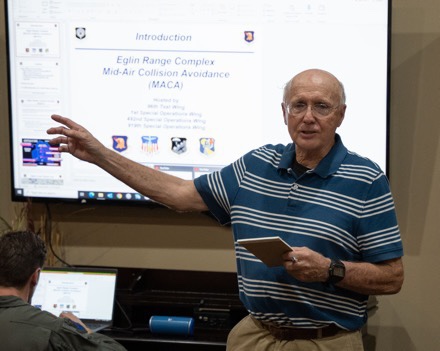
“Public outreach and conversation with the general aviation community about past experiences promotes a mutual exchange for military and civilian aviators, enhancing airspace safety for all,” said Major Brent Dillard, 492nd SOW flight safety officer. “We’re pleased with this year’s achievements and look forward to growth in next year’s event.”
This annual alliance with civilian partners achieves safer skies and fosters a commitment to shared airspace safety. The collaboration solidifies and strengthens the backbone of military air power and general aviation, in dedication to safe flying experiences for all.
By TSgt Jonathan McCallum, 492d Special Operations Wing


